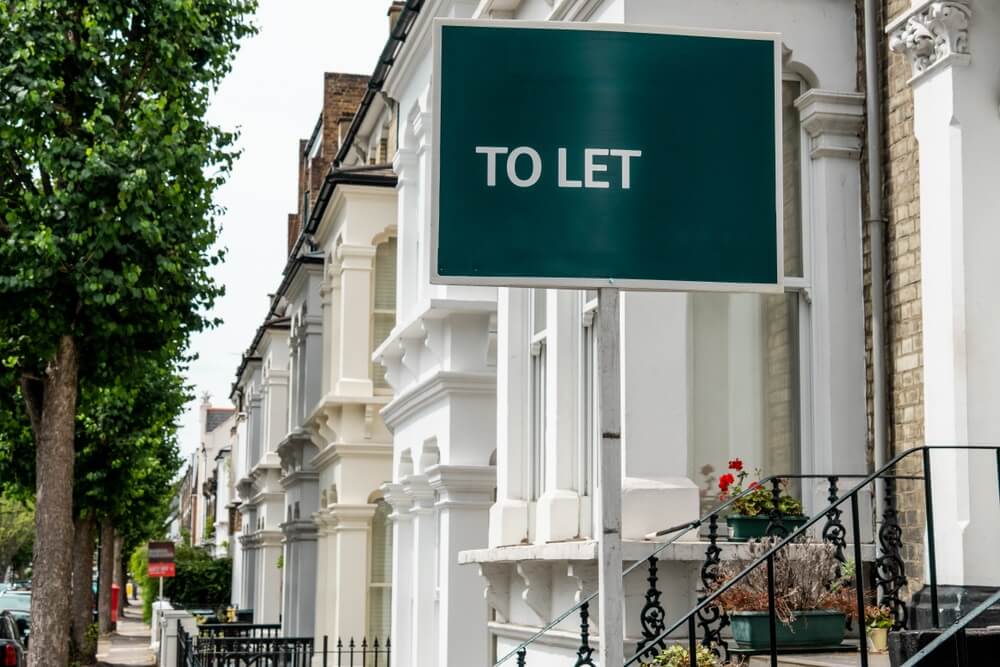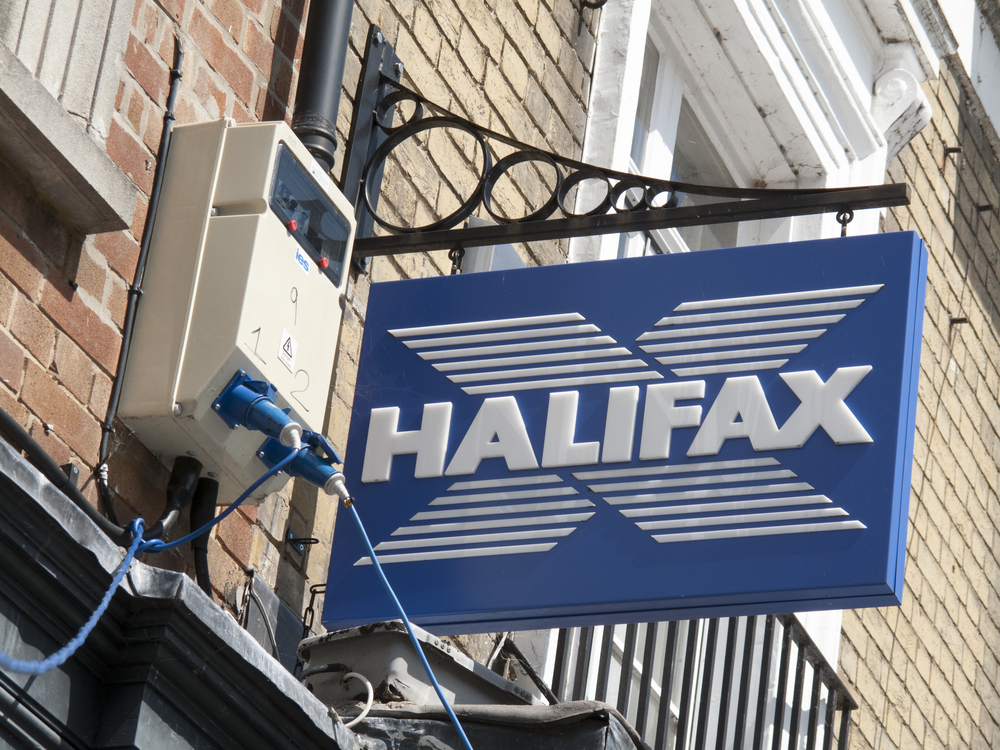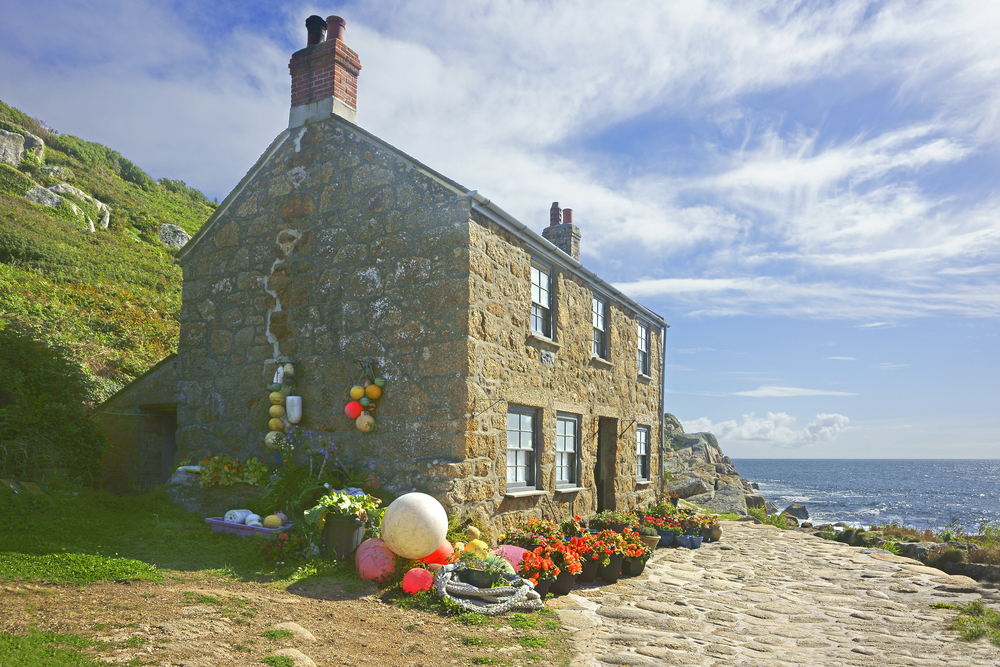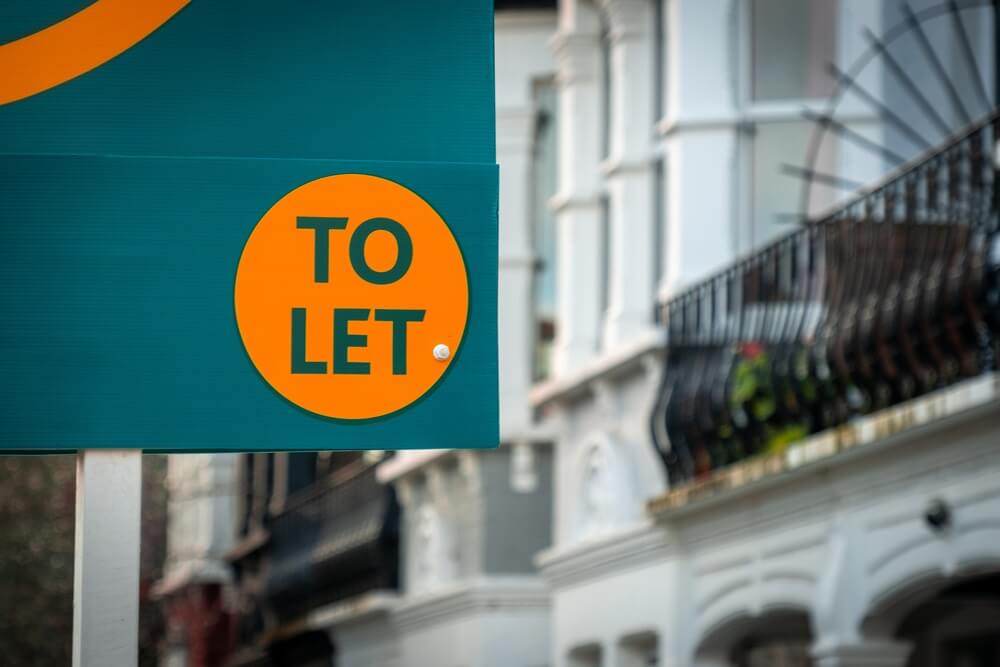Barriers to entering the buy-to-let market, driven by interest rates and levels of rental cover ratios for mortgages; have made investment an unattractive proposition for vast swathes of the population according to a report from the Royal Institution of Chartered Surveyors (RICS).
Find out how much you can borrow
In the current climate, would-be-investors need to lay down a deposit of £65,600 (30 per cent of a propertys value) for the average UK house in order to get a foothold on the buy-to-let ladder. This compares dramatically with the £10,100 (only 8 per cent of a propertys value) required in Q1 2002 – a deterioration of over 500 percent in five years.
Going forward, with evidence that rents are rising strongly and house prices predicted to remain flat in 2008, the yields on residential property could increase slightly in coming quarters. With interest rates also likely to fall, the deposit required to meet the rental cover ratios could be reduced somewhat, making buy-to-let a more attractive proposition for many.
Find a new mortgage deal
David Stubbs, RICS senior economist said: It takes more capital than ever to set up a buy-to-let investment. Would-be investors who have missed out on the impressive returns of previous years are now finding the hurdles to property investment are higher than they imagined. However, existing landlords should be able to use the equity in their past investment properties to fund the deposit needed for new ones, and this should ensure that demand from the buy-to-let sector does not dry up entirely.


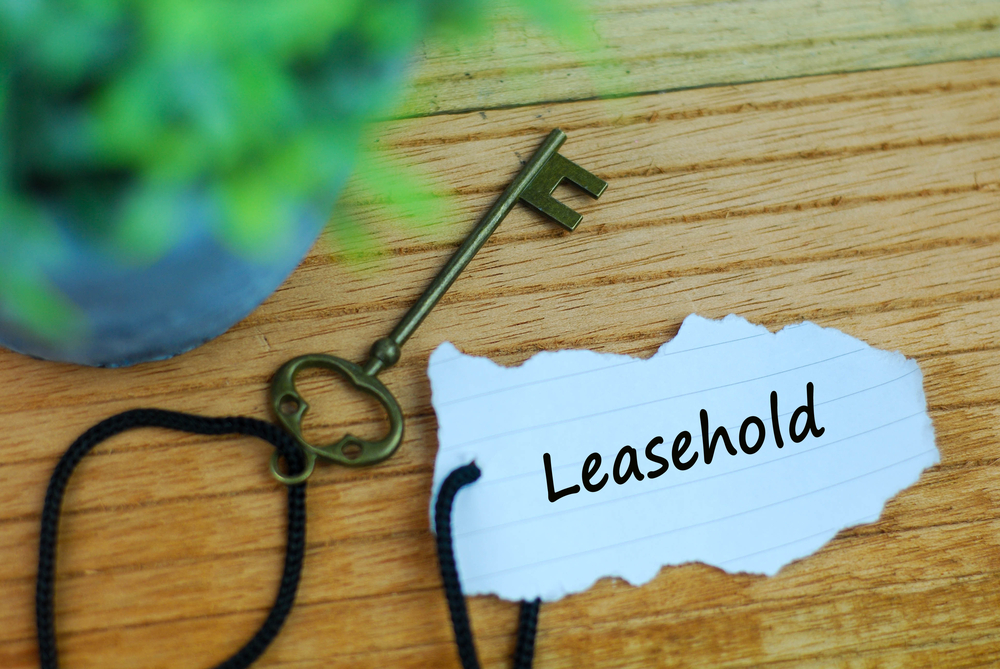







 Buy-to-let
Buy-to-let